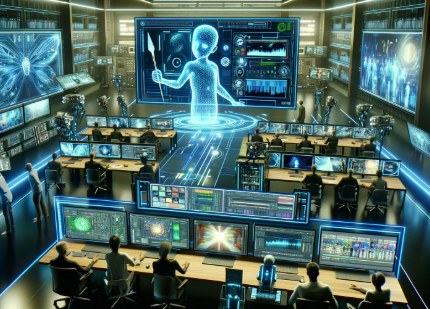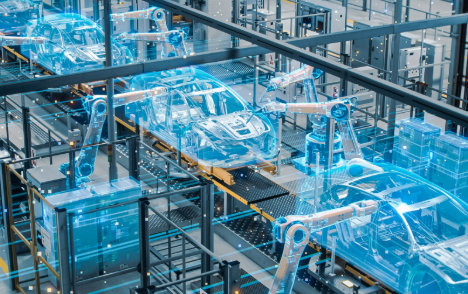How Technology Is Impacting the Art World
Technology is reshaping the art world in profound ways. Digital art offers unparalleled flexibility and new forms of expression. Meanwhile, virtual exhibitions and online galleries broaden accessibility, allowing diverse audiences to engage with art like never before. The rise of NFTs introduces complex questions about ownership and market dynamics. As AI increasingly contributes to artistic creation, it raises critical discussions about authorship and authenticity. What implications do these advancements hold for the future of artistic expression?
The Rise of Digital Art
How has the advent of digital technology transformed the landscape of artistic expression?
Digital art has emerged as a revolutionary force, enabling artists to explore limitless possibilities on digital canvases. Creative software empowers creators to manipulate colors, shapes, and textures with unprecedented ease.
This shift not only democratizes art but also liberates the creative spirit, allowing for innovative expressions that resonate with a diverse audience.
Read more: How Blockchain Is Changing the Healthcare Industry
Virtual Exhibitions and Online Galleries
The emergence of virtual exhibitions and online galleries has fundamentally reshaped the way art is presented and experienced.
By leveraging virtual reality, these platforms offer immersive experiences that enhance audience engagement, allowing viewers to explore art from the comfort of their own homes.
This democratization of access not only broadens the audience but also fosters a deeper connection between art and its viewers.
NFTs and the New Era of Ownership
As artists and collectors increasingly embrace blockchain technology, NFTs (non-fungible tokens) are redefining ownership in the art world.
This shift towards digital ownership challenges traditional notions of value perception, allowing creators to monetize their work directly.
The Role of AI in Artistic Creation
While the integration of artificial intelligence into artistic creation may raise questions about authenticity, it undeniably expands the boundaries of creativity and expression.
Through algorithmic creativity and machine learning, AI facilitates unprecedented artistic possibilities, enabling artists to explore new dimensions of their craft.
This fusion challenges traditional notions of authorship, inviting a broader discourse on what constitutes art in a technologically advanced society.
Conclusion
As the saying goes, “Art is never finished, only abandoned.” This sentiment echoes the transformative impact of technology on the art world, where digital mediums, virtual platforms, and NFTs continuously reshape creative expression and ownership. The integration of AI further blurs the lines of authorship, inviting new collaborations and innovative interpretations. Embracing these advancements not only enhances artistic possibilities but also democratizes access, ensuring that the art world evolves to reflect a diverse and interconnected global community.






